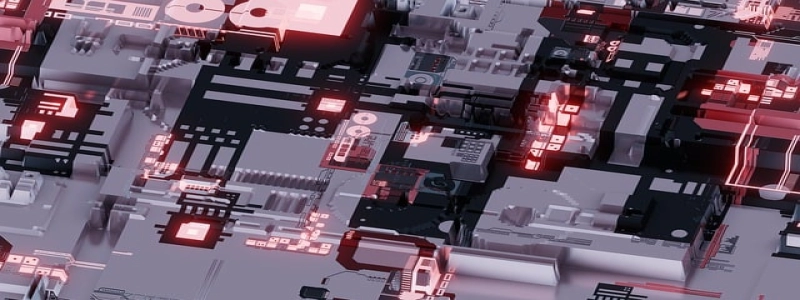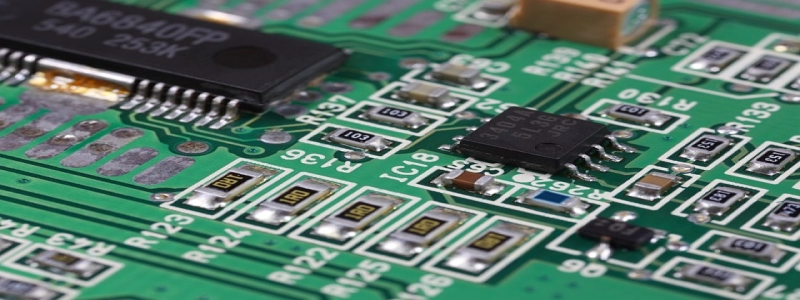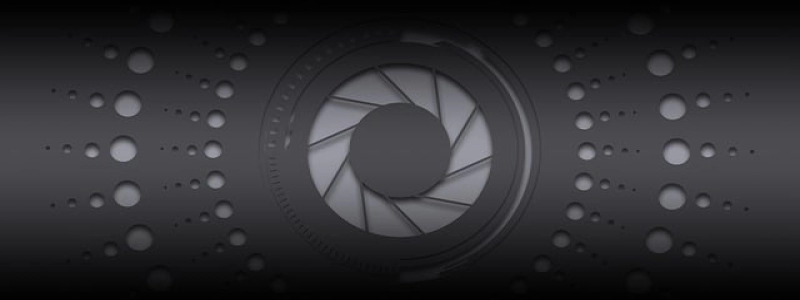Ethernet Cable Conduit
Introduction: What is an Ethernet Cable Conduit?
An Ethernet cable conduit is a protective tube or channel that is used to encase and organize Ethernet cables. It provides a secure pathway for the cables, ensuring proper installation and minimizing potential damage.
I. The Importance of Ethernet Cable Conduit
A. Protection and Organization
Ethernet cables are delicate and can easily get damaged if not protected adequately. An Ethernet cable conduit provides a physical barrier, shielding the cables from environmental factors such as moisture, dust, and extreme temperatures.
Moreover, when multiple cables are being used, they can quickly become tangled and messy. With an Ethernet cable conduit, the cables are neatly arranged, preventing tangling and improving overall cable management.
B. Increased Durability
The conduit acts as an extra layer of protection, making the Ethernet cables more durable. It reduces strain on the cables by preventing them from being excessively bent or twisted, thus increasing their lifespan.
C. Reduced Signal Interference
Electromagnetic interference (EMI) can negatively impact Ethernet cable performance, leading to signal degradation and slower network speeds. By using an Ethernet cable conduit, the cables are shielded from external electromagnetic interference, resulting in a more stable and reliable network connection.
II. Types of Ethernet Cable Conduit
A. Rigid Conduit
Rigid conduits are typically made of metal or strong plastic, which provides excellent protection for Ethernet cables. They are ideal for permanent installations in commercial or industrial environments where cables are exposed to high levels of physical stress or potential damage.
B. Flexible Conduit
Flexible conduits, often made of durable plastic, offer a more versatile option. They can be easily bent or manipulated, making them suitable for installations in tight or hard-to-reach spaces. Flexible conduits are commonly used in residential settings or temporary setups.
III. Installation of Ethernet Cable Conduit
A. Planning and Measurement
Before installing an Ethernet cable conduit, proper planning and measurement are essential. Identify the route the cables will take, measure the length of conduit required, and consider any necessary bends or turns.
B. Mounting and Securing
Depending on the type of conduit, mounting methods may vary. Rigid conduits are typically secured using brackets or clamps, while flexible conduits may require adhesive or clips. Ensure the conduit is securely attached to the desired surface to prevent movement or damage.
C. Cable Placement
Carefully insert the Ethernet cables into the conduit, making sure they are not excessively strained or tightly packed. Maintain a loose and organized arrangement to allow for future maintenance or cable additions.
IV. Maintenance and Troubleshooting
A. Regular Inspections
Periodically inspect the Ethernet cable conduit for any signs of damage, such as cracks or exposed cables. Any issues should be promptly addressed to prevent further damage to the cables.
B. Troubleshooting
If there are connectivity or performance issues, check the conduit for any potential problems. Ensure that the cables are properly inserted and that there are no obstructions or damage within the conduit. Additionally, examine the integrity of the conduit itself to rule out any potential issues affecting cable performance.
Conclusion: The Benefits of Ethernet Cable Conduit
An Ethernet cable conduit offers numerous advantages, including protection, organization, improved durability, and reduced signal interference. By carefully selecting and installing the appropriate conduit, users can enhance the performance and lifespan of their Ethernet cables, ensuring a reliable and efficient network connection.







